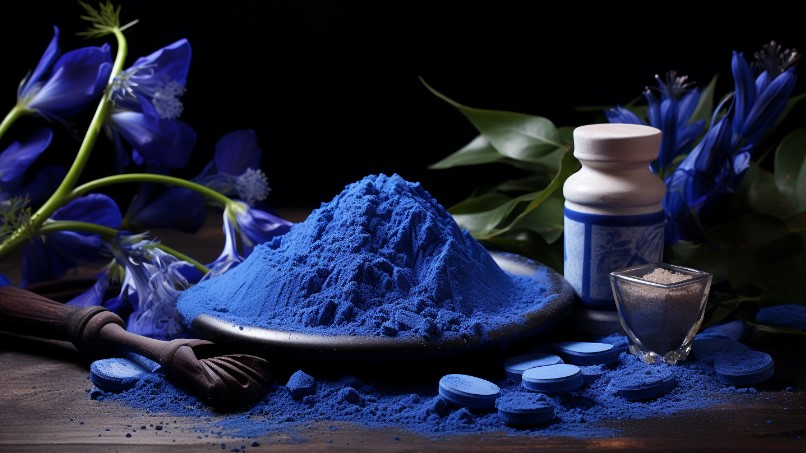Pengetahuan terperinci tentang pigmen alami dan sintetis

Because the world has a variety of colors, and colorful. Just like beautiful women love to wear makeup, in order to make themselves look more glamorous. Similarly, when we eat food, ask for color, aroma, and taste, and put color first, because “color” can bring us visual impact and have the impulse to eat. It is because of this impulse that there is the practice of adding color in food, when we enjoy these beautiful colors, we are also entangled in these “beautiful colors” will not be “for the disaster of the world”, worrying about its safety.
To understand whether it is safe, we must first understand the pigment, in the “Standard for the use of food additives (2011 edition)” stipulated that the colorant “is the food to give color and improve the color of food substances”, colorant is the pigment. The pigments contained in our food are divided into natural pigments and synthetic pigments.
What are the pigmen alami and synthetic pigments
Natural pigments refer to pigments directly from animal and plant tissues, except garcinia is highly toxic and not used, the rest are generally harmless to human health. China allows the use of natural food pigments and has developed national standards are: curcumin, shellac pigment, safflower flavin, copper chlorophyll sodium salt, capsaicin red pigment, red yeast rice and beta-carotene.
The main synthetic pigments are carmine and its performance point aluminum lake, amaranth and its aluminum lake, lemon yellow and its aluminum lake, sunset yellow and its aluminum lake, bright blue and its aluminum lake, new red and its aluminum lake, etc.
Are artificial and natural colors harmful to the human body
Many people will have such a question, is the pigment bad for us? Some people even say that kids who eat too much can have ADHD. This conclusion is based on a group of experiments done by some foreign institutions, but whether this experiment is correct, whether it is finally confirmed, and has not been implemented, so such data can not explain the problem. In fact, there are restrictions on the use and management of food coloring in countries around the world, from the current norms, as long as the standard is used, both artificial and natural colors are safe.
When we say that pigments are harmful, we ignore the food itself. Most foods that need coloring are candy, puffed foods, and some high-calorie foods. And such food itself has health risks, and eating too much is a health burden. Therefore, when we are worried about the harm of pigments, we should control our intake of these foods that have hidden dangers to health, reduce the number of times we eat deeply processed foods, and help children resist the temptation of various snacks, which is the correct diet concept we should establish.
Which is better, pigmen alami or synthetic pigments
In our use, the types of natural pigments are much more than synthetic pigments, and the nutritional effects and antioxidant effects of natural pigments have also been recognized in consumption, such as carotene in carrots, lutein from marigolds, Bubuk spirulina,Ekstrak Spirulina Phycocyanin,Ekstrak Akar Kunyit Kurkumin,Ekstrak Haematococcus pluvialis Ekstrak Astaxanthin,Ekstrak Daun Murbei Klorofil,Ekstrak Saffron Crocin,polyphenols in grapes, which have good health effects on cardiovascular and cerebrovascular, antioxidant, and eyes. But that doesn’t mean natural colors are better than synthetic ones. Because this is also based on the food itself, what kind of food adds what kind of pigment, how much pigment to add, which need to be determined according to laws and regulations.
The pigment added according to the laws and regulations is safe. But we should also pay attention not to be confused by the color of food, resist temptation, learn to control themselves, and eat on time and according to quantity. No matter how good the food, too much is a burden.
pigmen alami pemasok: www.backvita.com
Email: [email protected]
Telepon +86 (029) 8187 2325
